Why Wood You?
Over 30 years ago, we asked a simple question: why does a deck have to be so much work? Timber worked for a while, but it faded, splintered, and needed constant upkeep. We believed there had to be a better way, so we invented it.
We took reclaimed materials and turned them into something extraordinary: decking that looks amazing, lasts for decades, and frees you from the never-ending cycle of sanding and staining. It’s a deck designed to fit your life. Welcome to more time spent hosting, relaxing, and making memories, and less time dealing with repairs. It’s more than a deck—it’s a new way to live outside.

Ditch the Downsides of Timber

Insect Damage
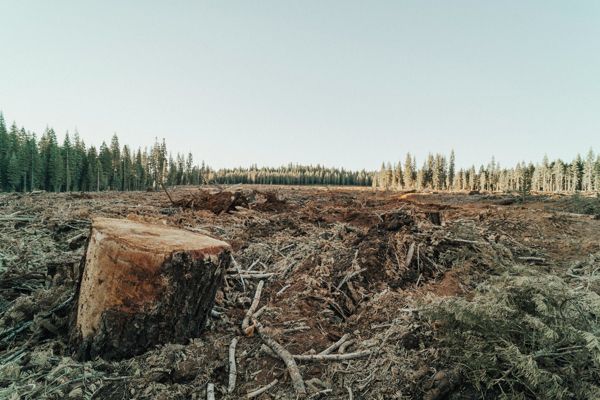
Deforestation

Splinters

Tough Clean Up
Rotting
Colour Fading & Staining
See the Trex Difference
Trex decking isn't just built to last- it's made to transfrom your outdoor space into a place you/ll love for years, with less work and more wow.
Cost of Trex vs. Wood Over Time
Is Trex® Worth the Investment? Let’s Break It Down
The cost of building a deck depends on materials, design, and installation—but long-term savings matter, too. Timber decks can cost up to $400 annually for maintenance like stains and sealants, plus the time and effort to keep them looking good. With Trex, maintenance costs are as low as $10 a year, and its durability shines with warranties up to 50 years—far outlasting timber’s 15-year average lifespan. Even better, Trex offers decking lines designed to rival the upfront costs of the most popular types of timber, making it a smart investment from day one.
Curious how Trex stacks up against timber over time?
| Material | Cost Per Sq. Ft. |
|---|---|
| Pressure-Treated Pine | $2.50 - $4.50 |
| Redwood | $5 - $15 |
| Ipe | $15 - $22 |
| Mahogany | $15 - $25 |
| Cedar | $8.50 - $20 |
| Trex Composite Decking | $4.60 - $13.60 |
Material Cost of Deck Boards
The cost of building a new deck depends on its size, design, material choice, and installation expenses. Labor typically accounts for about two-thirds of the total project cost, but both labor and installation fees can vary by region. Additional features like railings, lighting, and benches will also increase material costs. Let's take a look at the average cost of the most common decking materials.
So when you choose Trex, you’re not just saving money long-term—you’re saving your weekends, your energy, and your peace of mind. The only question left is how you’ll enjoy all that extra free time.
*Average price range excludes Trex Signature® decking, our luxury decking collection. Trex actual material costs and install costs can and will vary based on geographic area, site location, seasonality, design complexity, whether the product is stocked locally, and additional features such as stairs, angles, curves, lighting, etc. For most professionally installed projects, materials constitute up to one third of the total cost.
Material Cost of Deck Boards
The cost of building a new deck depends on its size, design, material choice, and installation expenses. Labor typically accounts for about two-thirds of the total project cost, but both labor and installation fees can vary by region. Additional features like railings, lighting, and benches will also increase material costs. Let's take a look at the average cost of the most common decking materials.
So when you choose Trex, you’re not just saving money long-term—you’re saving your weekends, your energy, and your peace of mind. The only question left is how you’ll enjoy all that extra free time.
| Material | Cost Per Sq. Ft. |
|---|---|
| Pressure-Treated Pine | $2.50 - $4.50 |
| Redwood | $5 - $15 |
| Ipe | $15 - $22 |
| Mahogany | $15 - $25 |
| Cedar | $8.50 - $20 |
| Trex Composite Decking | $4.60 - $13.60 |
*Average price range excludes Trex Signature® decking, our luxury decking collection. Trex actual material costs and install costs can and will vary based on geographic area, site location, seasonality, design complexity, whether the product is stocked locally, and additional features such as stairs, angles, curves, lighting, etc. For most professionally installed projects, materials constitute up to one third of the total cost.
Wood Makes Us Look Good
Explore these transformations from homeowners who decided to make the upgrade to Trex.
Frequently Asked Questions
Dive into the answers to our most common questions about how Trex compares to wood.
*Although Trex decking products with heat-mitigating technology are designed to be cooler than most other composite decking products of a similar colour, on a hot sunny day, it will get hot. Although engineered to be more comfortable, they can still get hot to the touch when direct sunlight and high temperatures converge for extended periods of time. On such days, care should be taken.
The hassles that come with timber
Redtimber, Pressure-Treated Lumber and Cedar
Needs seasonal painting, staining or sealing
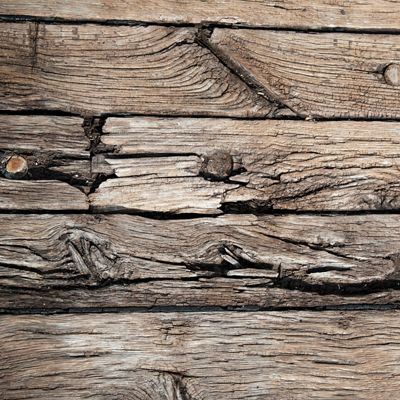
Becomes a safety hazard when it rots, splits and splinters
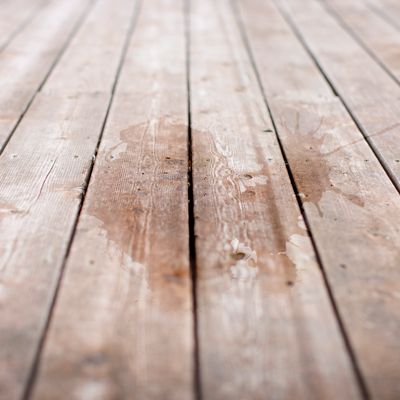
Fades and stains easily, showing every spill and scuff
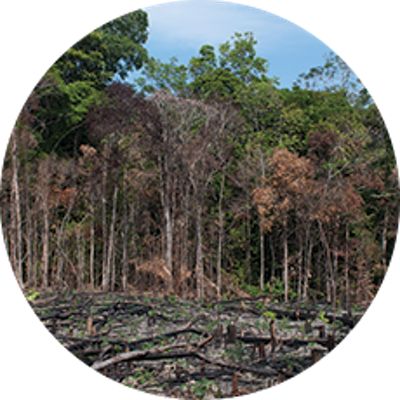
Contributes to deforestation, cutting down trees that local wildlife depend on for food and shelter
This content was partially or fully generated by AI and has been reviewed by our team to ensure accuracy and relevance.

:Large?wid=700&fit=constrain,0)

































